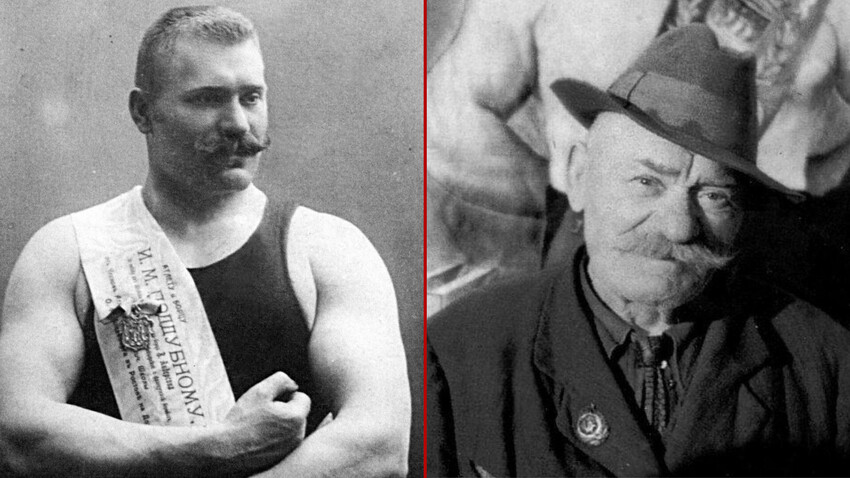
"Kliment Efremovich, I am 78 years old. Remember my services to the country and the Soviet power. You yourself called me a national hero and, now, you have forgotten me. I ask one thing only: attach me to the canteen of the local military unit, so that I could at least sometimes eat hot food." An unfinished letter containing these lines, addressed to Marshal Kliment Voroshilov, was found in Ivan Poddubny's bedroom after his death. On August 8, 1949, the legendary Russian wrestler passed away in the town of Yeysk, on the shores of the Azov Sea.
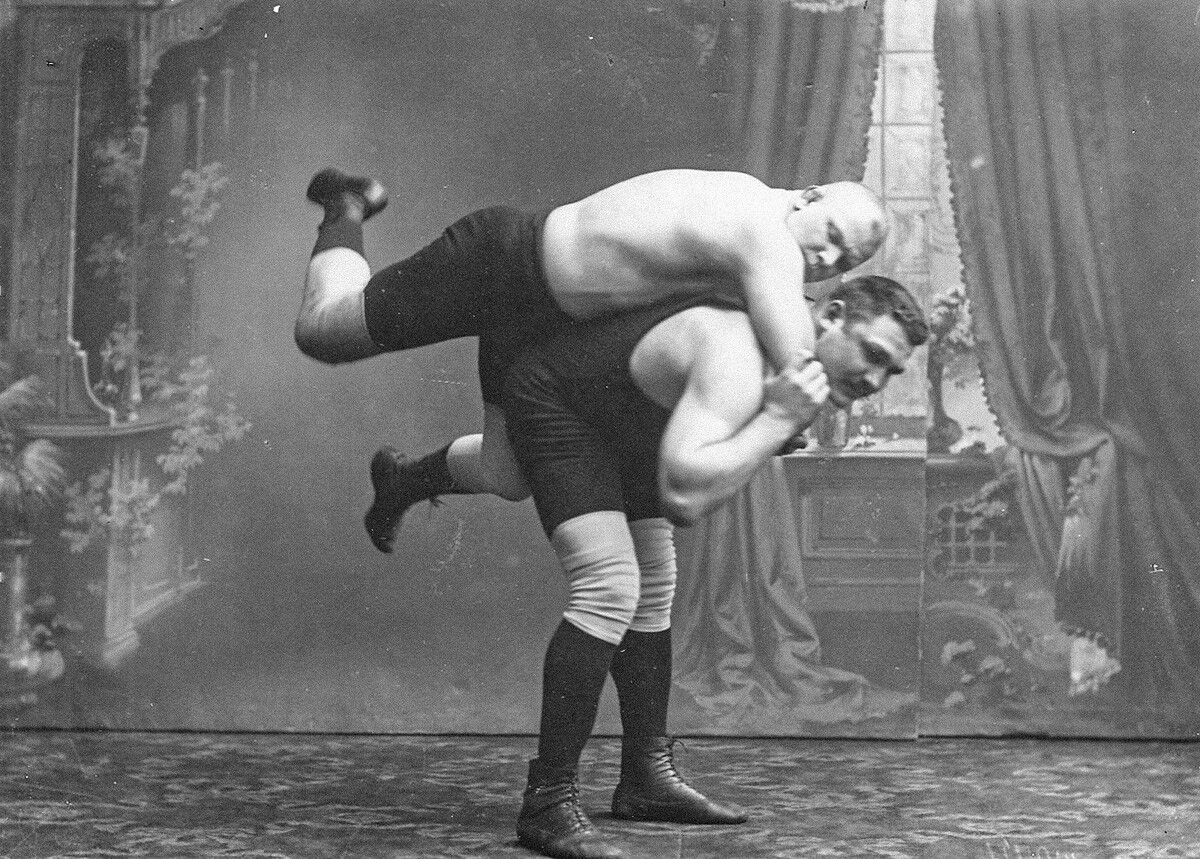
Ivan Poddubny performing a throw
Public domainA telegraph pole was placed on his shoulders, on which ten people hung on both sides – and the pole eventually broke. At a height of 184 centimeters, Ivan Poddubny weighed 120 kilograms. He began to earn money by simple strength – in Poltava region, (now Ukraine), where he was born, Ivan worked as a laborer from the age of 12. At the age of 22, he got a job as a port loader, working between Sevastopol and Feodosia.
In the port environment, Ivan picked up bad manners and habits. Later, he said that he got all possible venereal diseases while working in the port. Loaders competed among themselves in wrestling and, in their environment, Ivan learned his first techniques, including "dirty" ones, not accepted among professional wrestlers.
READ MORE: 9 rules to win a Russian fist fight
Ivan's lack of technique was compensated for by his “bogatyr” strength. According to legend, in 1896, he went to watch a circus show in Feodosia. When the wrestlers came into the arena and began to look for those willing to fight among the public, Ivan volunteered – and won all but one fight – but only because the young Ivan lacked professional technique. Nevertheless, Poddubny was invited to the circus as a strongman and, in 1897, his circus career began.
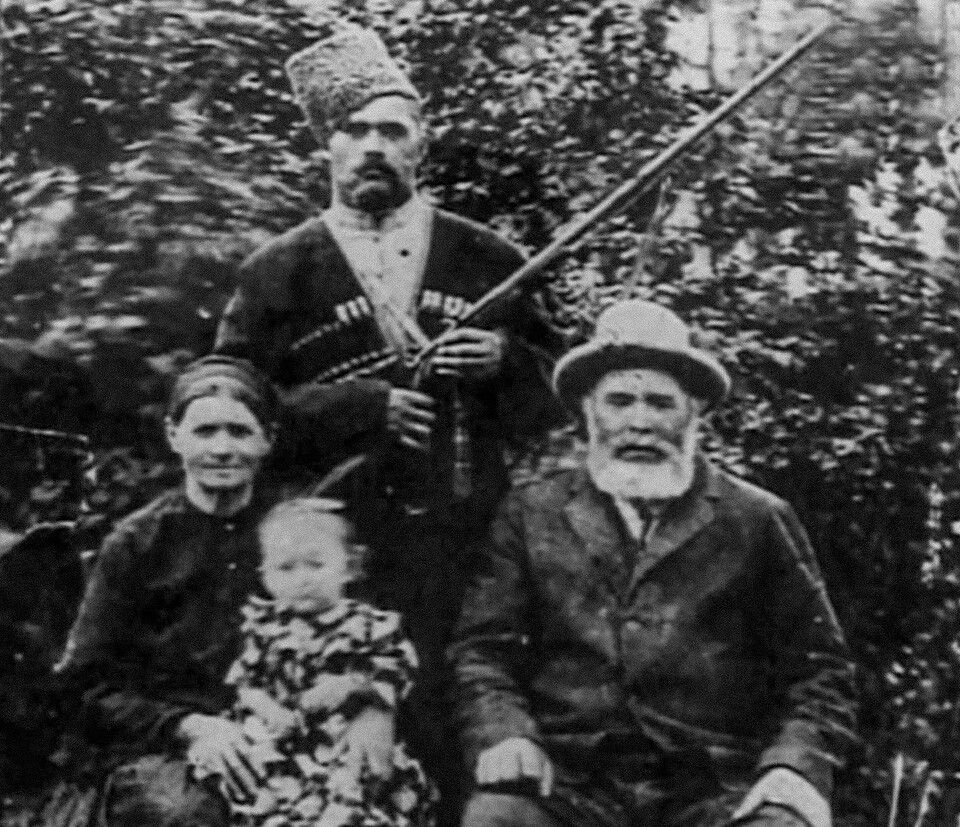
Ivan Poddubny with his father Maksim, mother Anna and little brother Mitrofan, circa 1912
Public domainQuite quickly, Ivan found himself in circus wrestling, which used pre-rehearsed, but risky and spectacular stunts, falls and throws. Wrestlers performed in costumes and under monikers, played out conflicts and imitated injuries. One of the wrestling promoters of those times, the famous Ivan ‘Uncle Vanya’ Lebedev (1879-1950), recalled: "[Poddubnyi] broke the world's best wrestlers without any regret and without the slightest embarrassment. He was as strong as a natural hurricane. He was terrible not only for Russians, but also for all foreign wrestlers: if he won't throw them, he'll just break them."
In 1905, Ivan Poddubny made a sensation at the World Wrestling Championships in Paris, where he defeated the 1903 world champion, Jess Pedersen. After this victory, he began to tour Europe extensively and was considered one of the invincible wrestlers.
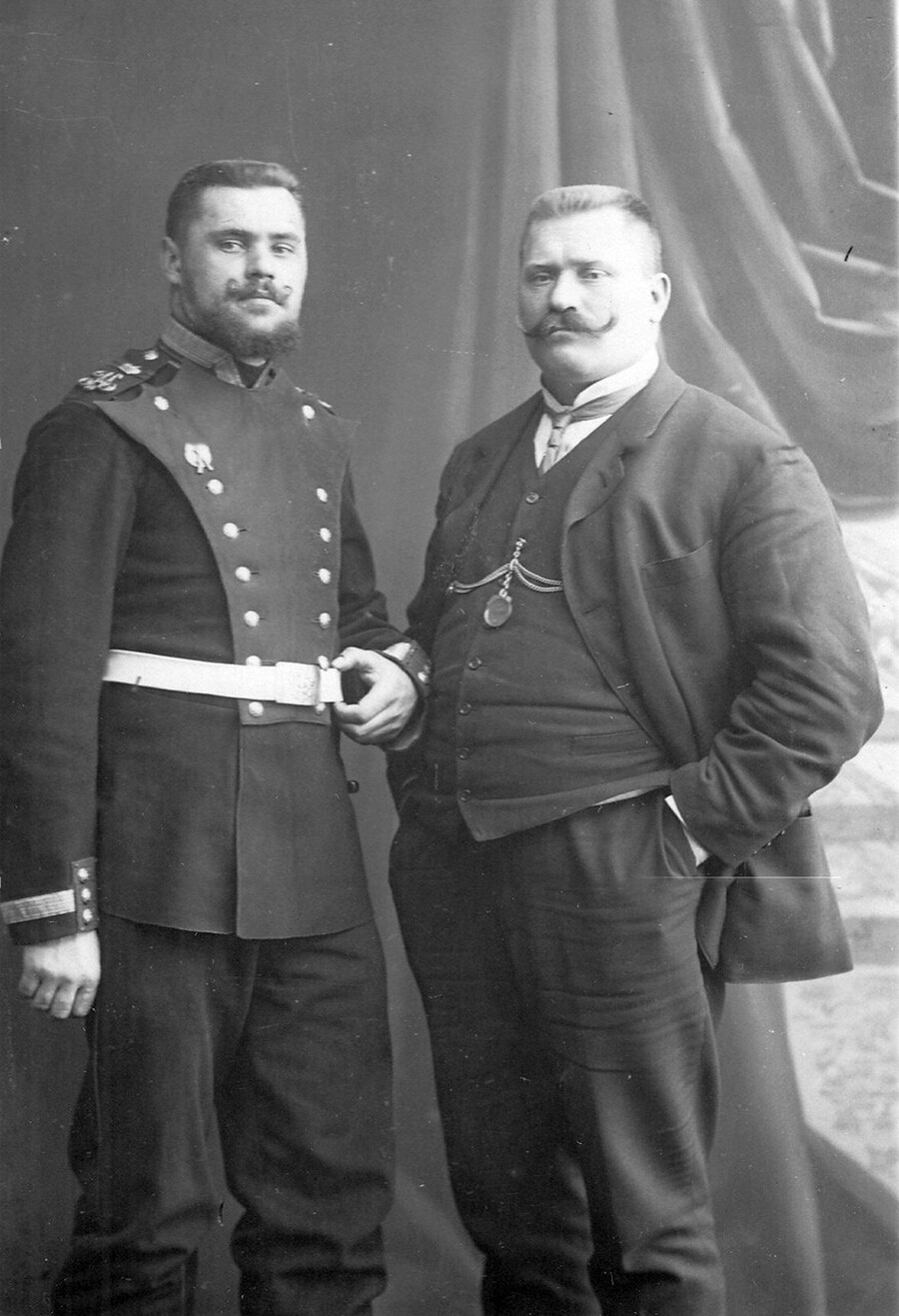
Ivan Poddubny (R) with one of his younger brothers
Public domainIvan won many fights using brutal port-loader techniques. According to legend, in 1905 in France, Ivan, who had a very strong character, quarreled with a Japanese martial arts master. The latter proposed to decide the conflict in a fight. The Japanese master coped with all the forceful attacks of Poddubny, avoiding his blows and putting in blocks, but Ivan accidentally caught the master by his clothes, turned him over and broke his thigh bone. The master was taken to the hospital in a traumatic shock condition. Poddubny was indeed feared for such techniques.
At one point, Ivan organized an attraction called ‘Poddubny vs. Everyone’: he offered 200 francs to anyone who could hold out with him for 15 minutes and 8,000 francs to anyone who could defeat him. Since no one could last 15 minutes or defeat him, all the money went to Poddubny. At the same time, he did not become a rich man – Ivan drank, partied and squandered his earnings, while also clearly addicted to women.
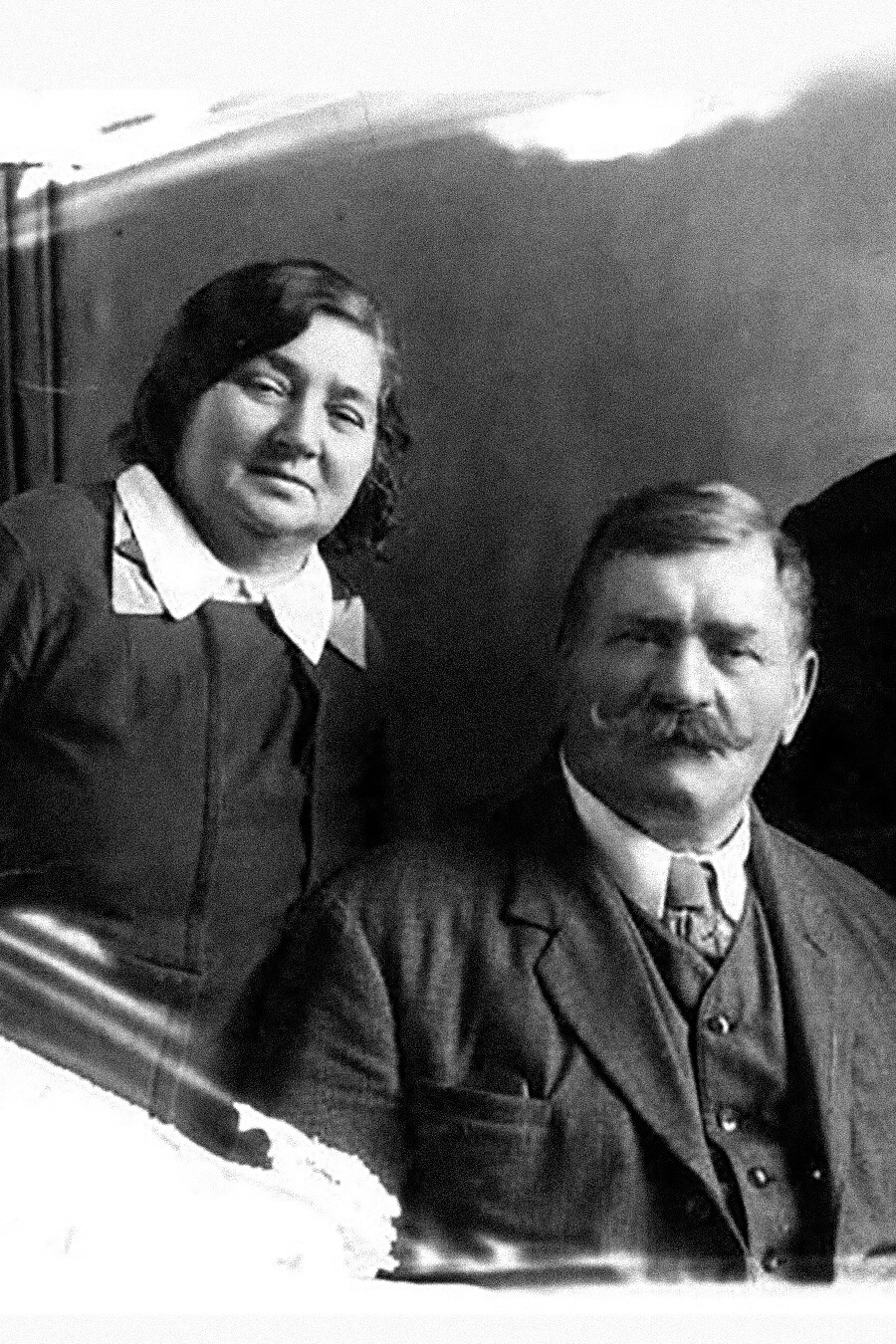
Ivan Poddubny with his third wife Maria Mashonina
Public domainAccording to legend, Poddubny's first love ended tragically – gymnast Maria Dozmarova, with whom he had an affair, fell off a trapeze and died. Antonina Kvitko became Poddubny's first wife in 1910 – to match Ivan, his wife weighed more than 100 kilograms. Poddubny built himself an estate in Poltava Region, started a mill, but, in the end, failed to organize his home life and household – he felt much more accustomed to the circus arena. His wife lived out the money he earned and, in 1920, at the height of the Civil War, ran away with a White Guard officer, taking with her all her husband's medals.
In the early 1920s, Poddubny again returned to Europe with a tour. During this period, he met writer Alexander Kuprin, who wrote: "Yesterday, I had dinner with Poddubny – a man of great strength and equal stupidity," When, in 1925, Poddubny went on tour to the U.S., he was already 54 years old, but for all his life and brilliant career, he could not save or put aside any money.
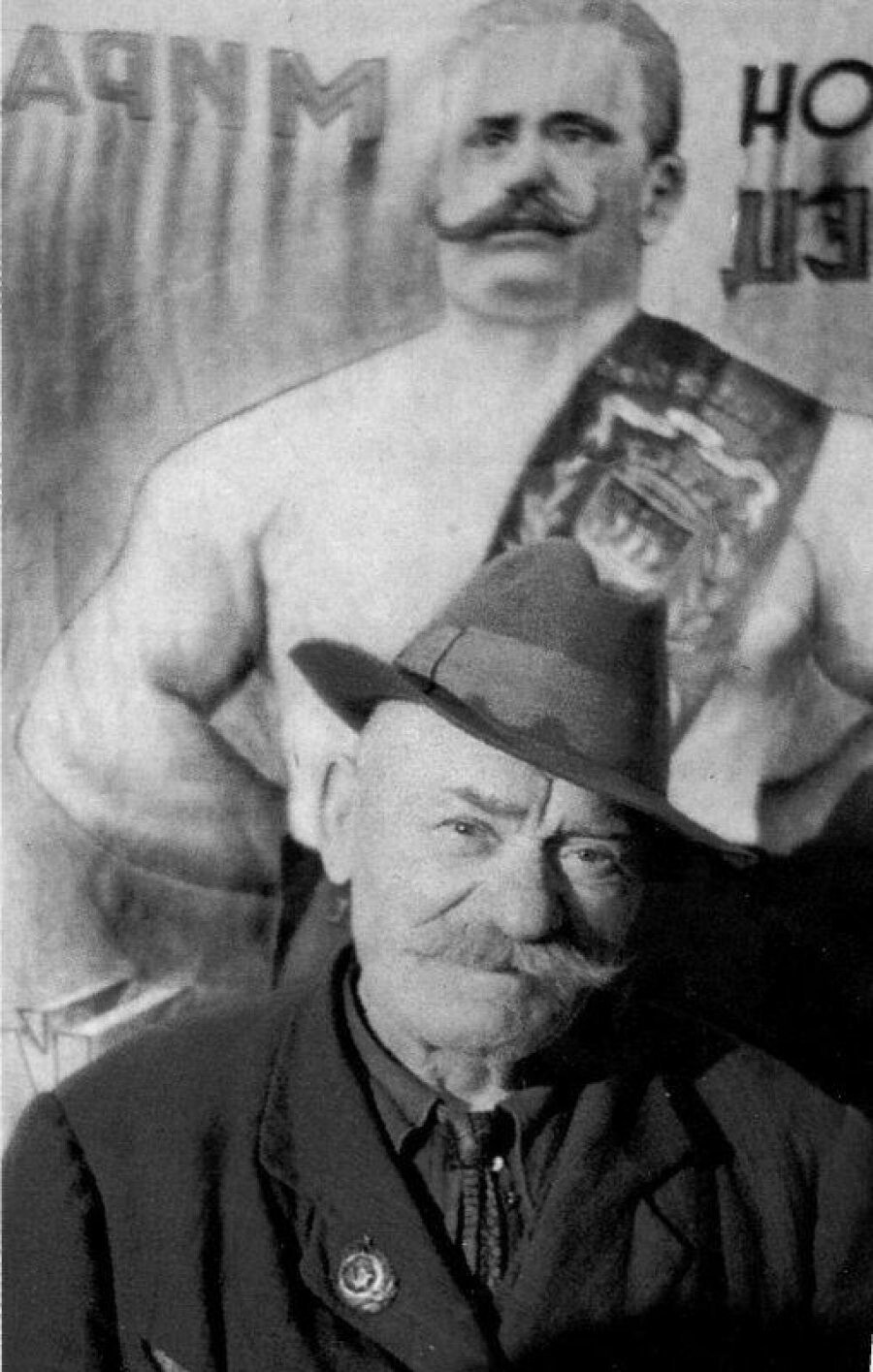
Ivan Poddubny in his later years (after 1939), posing against his own poster
Public domainIvan Poddubny himself was fond of legends and rumors, so the details of his biography are very dubious. One of these legends claims that Poddubny was allegedly “banned” in the USSR, because he refused Lavrentiy Beria's offer to train the athletes at the ‘Dynamo’ sport society – it united employees of state security and the Ministry of Internal Affairs. But, there’s no confirmation of this. The real reason for the shadow ban the USSR put on Poddubny is probably different.
In 1927, returning from the United States, Poddubny bought a house with a garden in the town of Yeysk and settled there with Maria Mashonina, a widow with whom he lived the last years of his life. In the 1930s, he coached local wrestlers and remained a local star. But, in 1942-1943, Yeysk was occupied by the Germans. They carried out mass shootings and robbed the population. At the same time, Poddubny, who immediately attracted the attention of the occupiers with his size and proud appearance, worked for them as a marker in a billiard club – he was in fact a collaborator.
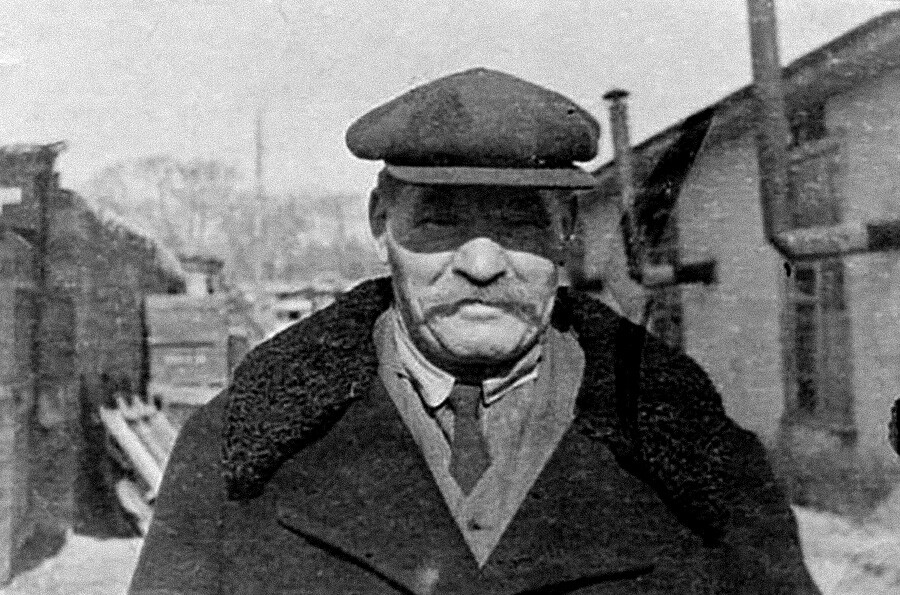
During the German occupation, Poddubny – again, according to legend – proudly wore the Order of the Red Banner of Labor, which he received in 1939, on his chest. But, it did him little good. After the liberation of Yeysk, Poddubny, like all citizens who survived in the occupied territories, went through a strict and lengthy interrogation by the NKVD. He was not repressed – the legend of Russian wrestling was in his 70s. However, Poddubny's ration was reduced so much that the old wrestler was always hungry. All the remaining medals and awards he exchanged in the markets for food.

Ivan Poddubny's house in Yeisk, then and now
Public domain; AlixSaz (CC BY-SA)The last triumph of Ivan Poddubny happened in 1945 – in Moscow’s Gorky Park, with a large crowd of people present, he was awarded the title of Honored Master of Sports of the USSR. The crowd of admirers rocked Poddubny in their arms, toasts and music sounded. And then, Poddubny returned to Yeisk. Despite the new title, his pension did not increase – the Soviet authorities had not forgiven him for his "betrayal". In 1948, Ivan fell and broke his femoral neck; from then on, he could only move on crutches.
Ivan Poddubny died in Yeisk in 1949 of a heart attack. His house and grave have been preserved and there are two monuments to the most famous Russian wrestler, who, in the last years of his life, sadly did not even have enough money for food.
Dear readers,
Our website and social media accounts are under threat of being restricted or banned, due to the current circumstances. So, to keep up with our latest content, simply do the following:
If using any of Russia Beyond's content, partly or in full, always provide an active hyperlink to the original material.
Subscribe
to our newsletter!
Get the week's best stories straight to your inbox